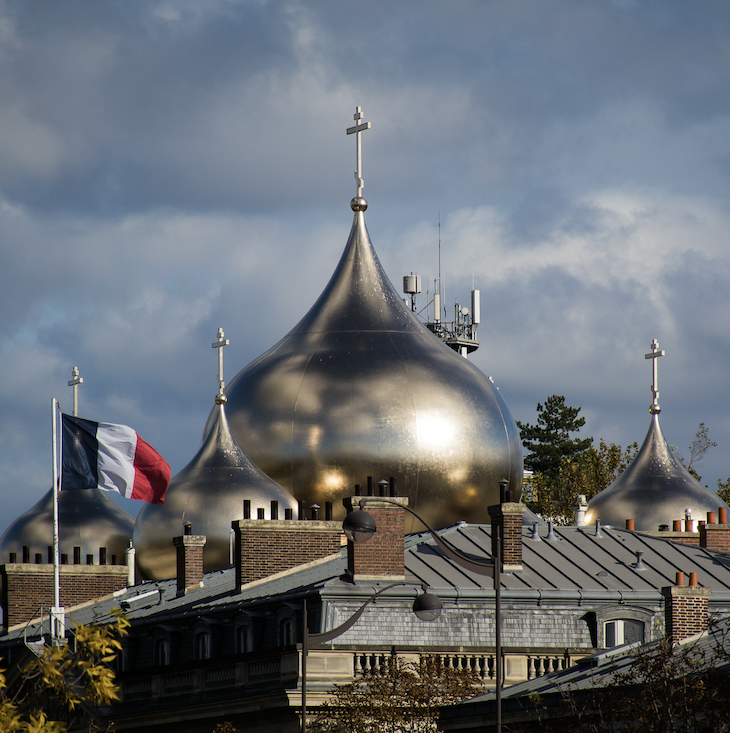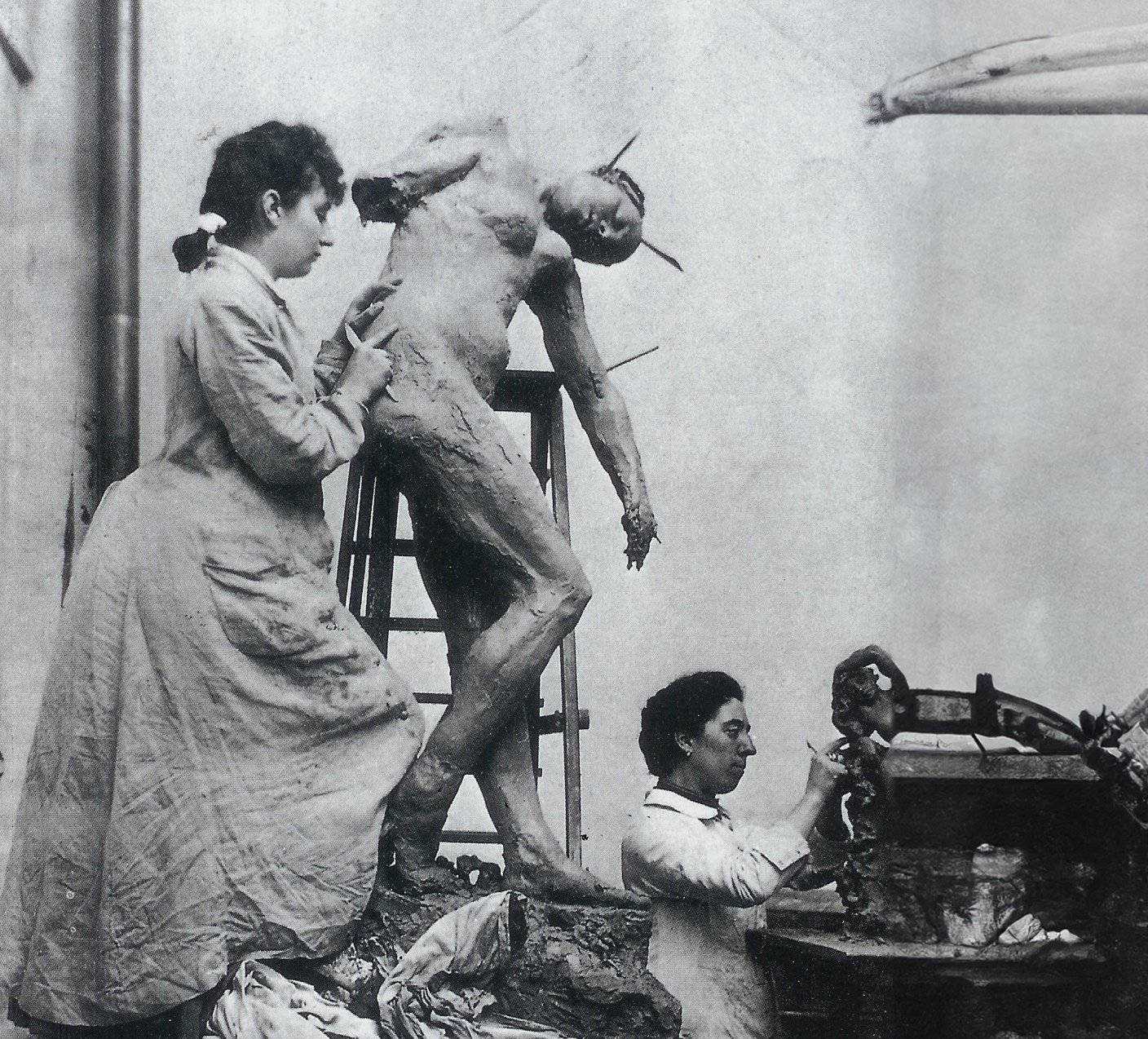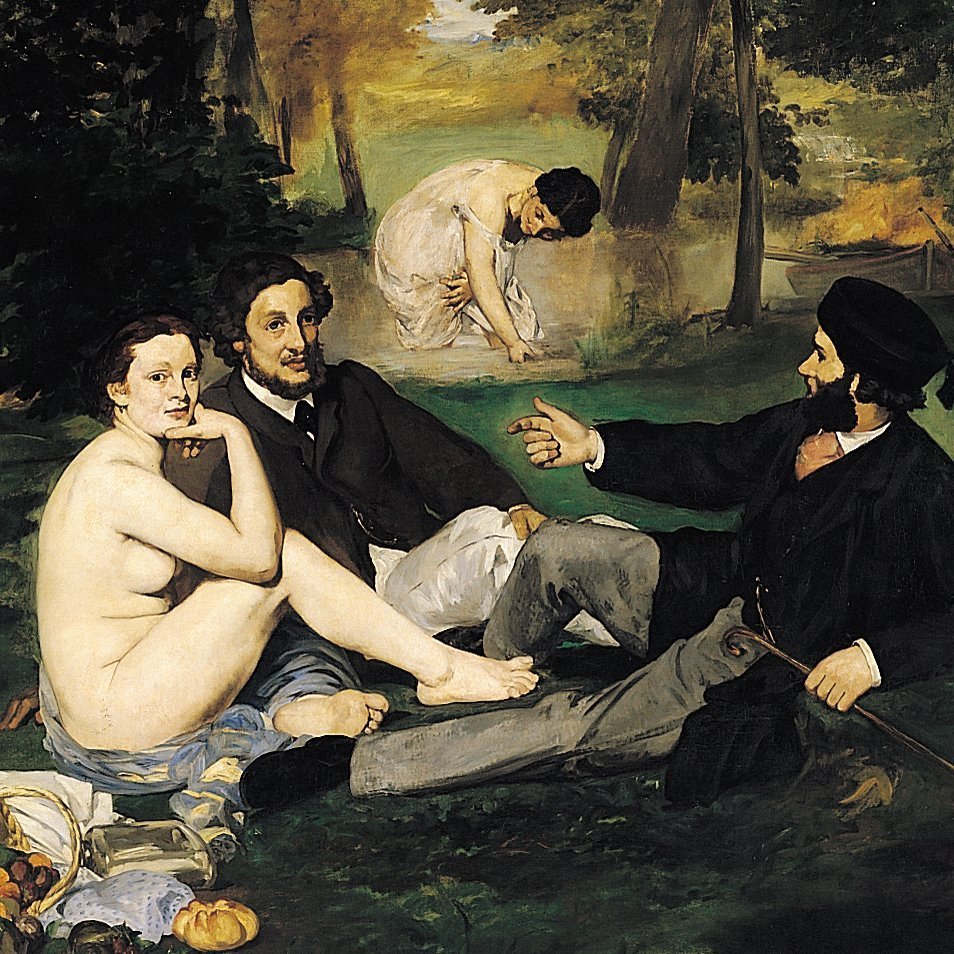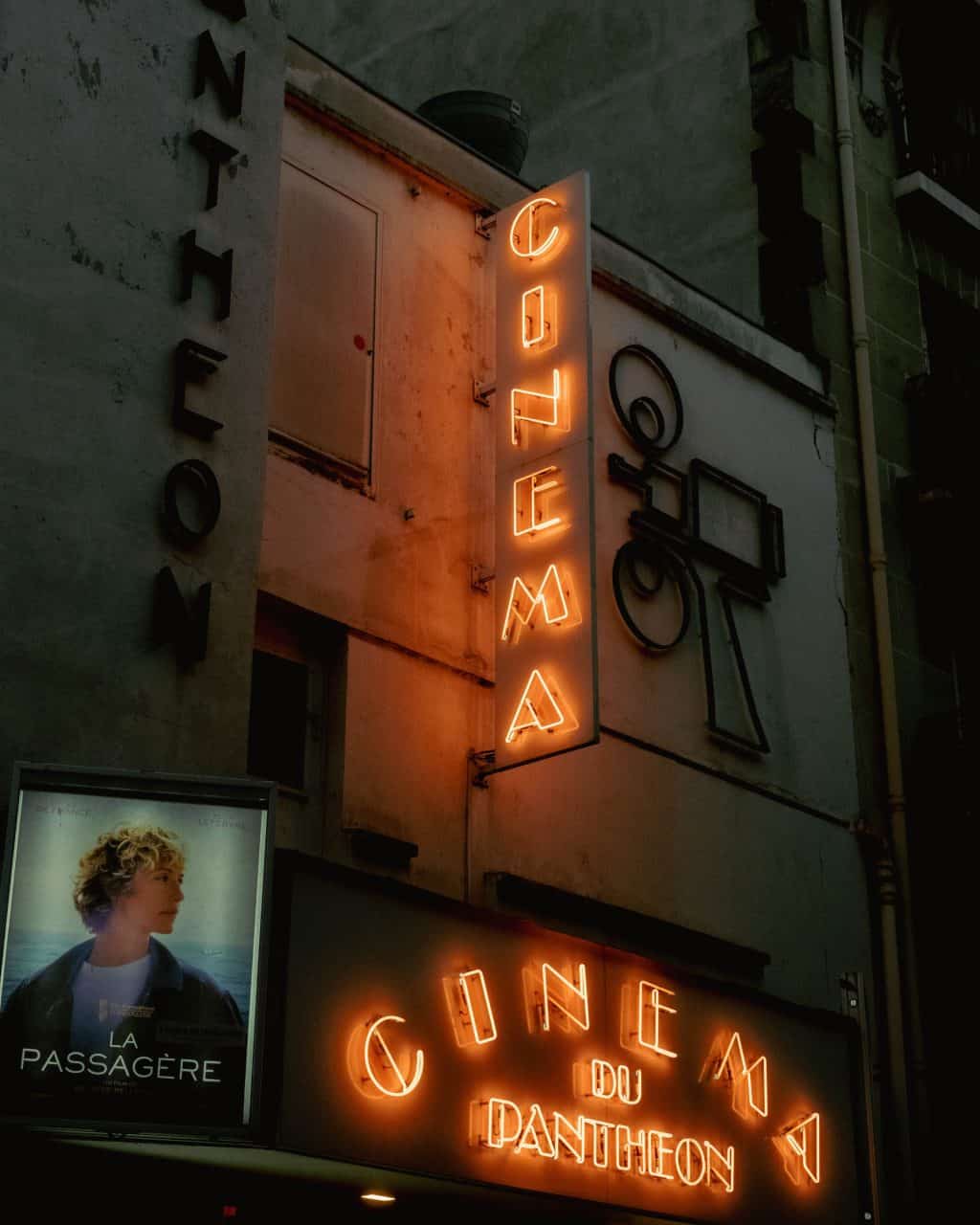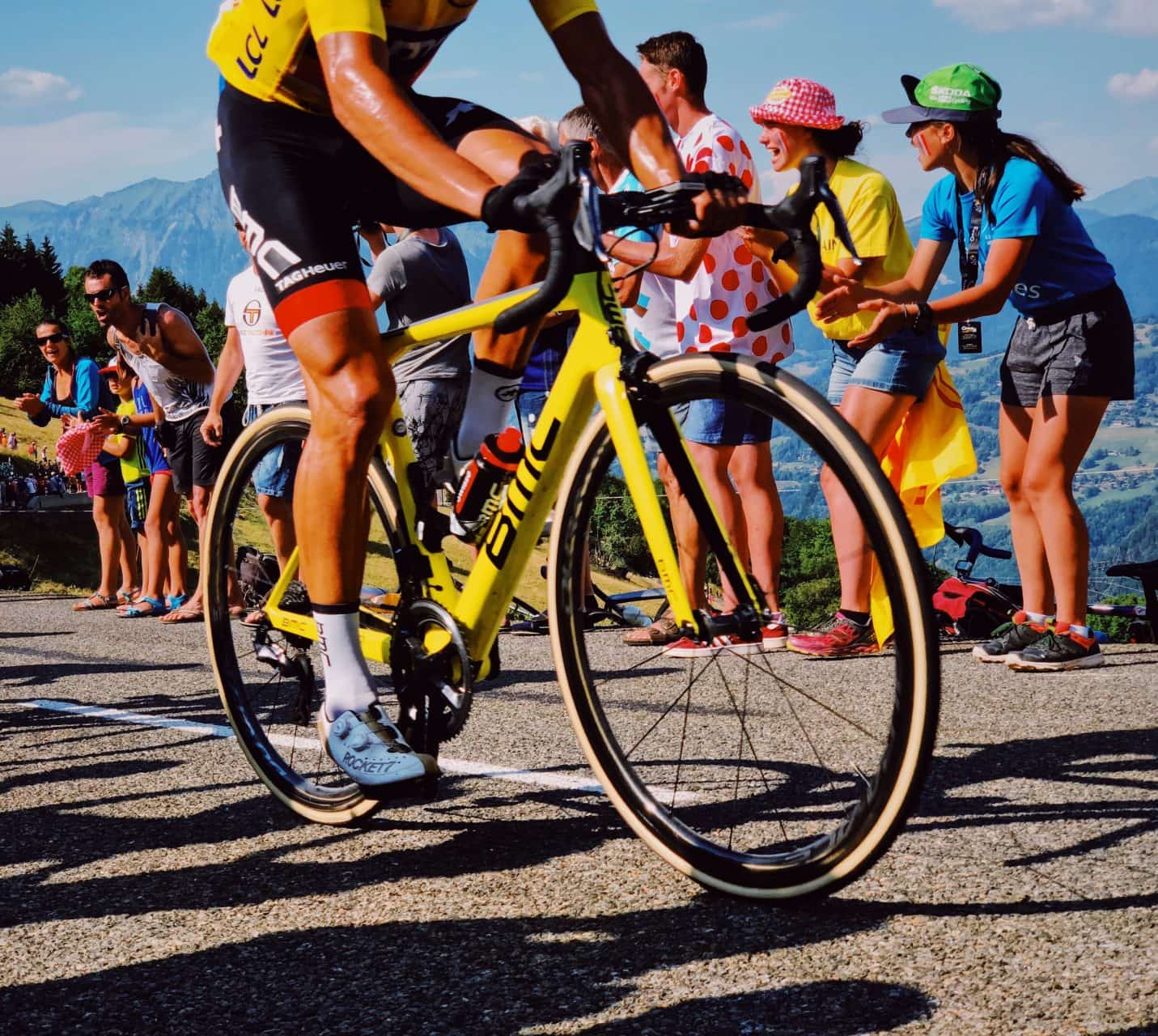The countdown to the season 2 finale of Drag Race France has officially begun! In just two seasons, the francophone franchise of RuPaul’s Drag Race has generated tons of buzz, and has shone a long overdue spotlight on the art of French drag. To prepare you for the finale, we’re giving you a little history lesson on French drag and what it looks like in France today, plus a rundown of the show’s success and huge impact.
By ALAINA SCHWARTZ
Queer Culture in France
Before diving into the topic of French drag and how it came to be, we have to talk about France’s queer history and culture. You may already be thinking of Gay Paree… While the phrase doesn’t actually reference queer culture in Paris, the city has served as a crucial site of self-expression for centuries.
In his article, Gay Paris, Andrew Lear, a historian of gender and sexuality, explores Paris’ often-overlooked (and very important) queer history. Far ahead of other countries, homosexuality was decriminalized in France in 1798, which gave queer culture and art significantly more time to grow and enter the mainstream. He cites this as one of the reasons as to why so many great gay writers were able to establish themselves in French literature (Proust, Cocteau, Colette), and why Paris attracted so many gay writers from anglophone countries (Wilde, Stein, Baldwin).
Bonus reading:
- Learn about the life and work of Colette, her sexuality, relationships and impact Paris had on her own self-expression here.
- You may already know the work of artist Marcel Duchamp, but do you know Rose Sélavy? Get to know Duchamp’s female alter ego here.
The Origins of Drag
The origins of drag are varied, and really depend on what we’re defining as drag. In an interview about the history of drag, Arnaud Alessandrin, a sociologist at the University of Bordeaux, explains that there’s no “universal definition”, but can be categorized in three ways:
« …d’une part, une pratique artistique et scénique de transformation du genre, qui peut se trouver au théâtre, dans les cabarets, à la télévision. D’autre part, c’est une pratique politique subversive de déconstruction des normes de genre, qu’on peut retrouver dans des associations, des mouvements sociaux, ou des supports artistiques militants. Enfin, c’est un média festif que l’on trouve parfois dans les festivals, les boîtes de nuit, et aujourd’hui dans l’entertainment à l’américaine avec RuPaul’s Drag Race. »
In brief, drag can be categorized as an artistic and theatrical transformation of gender, a political act and as a celebratory or festive medium. With these categories in mind, Alessendrin points to three moments in history that contribute to what we know as drag today. He first takes us as far back as the time of Shakespeare, when women weren’t permitted to perform onstage, and men would play the roles of women in full costume.
He also references transformiste artists that gained popularity in France through the 1940s and 1950s, noting that they are distinct from drag artists. These artists, though influential worldwide, are especially important to the history of French drag. Transformistes performed in cabarets (like the legendary Cabaret Michou, for one, pictured above), most often as an act in a larger variety show. Using the power of hair, make-up and costume, they transformed themselves into real-life celebrities, often switching from one to the next. This is a large part of what sets them apart from drag artists, who often develop their own personas that become an integral part of their identities. Still, transformisme is an art in its own right, and performances are regularly put on in France today, especially in Paris.
Finally, Alessandrin identifies the 1990s as another significant time in the history of drag. As in the United States, France was faced with the HIV/AIDS epidemic, which gave way to a major rise in homophobia and other forms of discrimination against members of the queer community. This devastating period of time inspired a variety of political art, resulting in “an explosion of figures in drag and their visibility”. Alessandrin credits films like Paris is Burning and The Adventures of Priscilla, Queen of the Desert for integrating drag into the cultural mainstream worldwide.
Go further through film:
- 120 BPM: Robin Campillo’s film follows the Parisian chapter of Act Up as they navigate the HIV/AIDS epidemic of the 1990s. The film debuted at the 2017 Cannes Film Festival and was awarded the Grand Prix, and went on to win numerous other awards from institutions all over the world. Watch the trailer en français here!
- Victor/Victoria: A joyful musical farce starring Julie Andrews, Robert Preston, and Leslie Ann Warren. Blake Edwards, the director, describes the plot best: “A woman, pretending to be a man, pretending to be a woman?”. Watch the trailer here.
- La Cage aux Folles: The manager of a Saint-Tropez nightclub featuring drag entertainment, and his star attraction, are a gay couple. Madness ensues when his straight son brings home a fiancée and her ultra-conservative parents to meet them. The inspiration for the nightclub was a real-life Paris cabaret: Cabaret Michou! Watch the trailer here.
THE CURRENT STATE OF FRENCH DRAG
In the United States, drag has been largely embraced as part of mainstream culture, and artists have been able to establish a very strong community. In larger cities, drag performances are common, and performers are a celebrated part of the queer community. RuPaul, arguably the world’s most famous drag queen (or rather, the Queen of Drag), is also largely credited with promoting drag through his wildly popular TV competition, Drag Race.
In France, drag hasn’t quite reached that same level of popularity, and doesn’t quite look the same as drag in the US. One issue the community has faced is the history of transformiste art in France. While not the same, drag performers struggle to separate themselves from the still-popular, nostalgic cabaret performances. Performers who are given the opportunity to perform in drag outside of a cabaret context are tokenized, and treated as accessories.
All of this said the popularity of drag in France has grown rapidly, and performers are working to carve out their own communities and spaces to express themselves. In 2020, a coalition of artists and activists (including drag queens) called Pagaille was formed with the goal of “repoliticizing” queer events and celebrations. Their first event was a day-long series of performances, roundtables and other activities promoting queer art and providing a space for activists to discuss political issues. You can read more about it en français here.
Madame Arthur, Paris’ first drag cabaret, has been in operation since 1946. After a five year closure from 2010-2015, the cabaret is making a big comeback with a modern and young Parisian crowd. Read about it here!
Watch the video below to learn more about the drag artist “boom” of the past few years.
DRAG RACE FRANCE
Many credit the recent rise in popularity of drag in France to the release of Drag Race France. This might not be surprising, considering how successful Drag Race has been, but other franchises of the show haven’t been as successful. One reason for Drag Race’s popularity might be its host and one of the judges, the beloved Nicky Doll. Nicky is a French drag queen herself, and competed on season 12 of Drag Race. While she didn’t win the competition, she was a fan-favorite. The first French season was an instant hit. After it ended, the queens got together for a reunion episode called “The Phenomenon of Drag Race France: 1 Year with the Queens”. They talked about how their lives had changed since filming the show, and the positive impact the show has had on French society and drag.
The second season of Drag Race France has not disappointed. Viewers have continued to love Nicky Doll as a judge, thanks to her own experience as a competitor. The season has been light on drama, but filled with plenty of heartfelt moments. Just four queens are left in the competition: Keiona, Mami Watta, Punani and Sara Forever. To prepare yourself for the finale, read up on the season 2 finalists here!
Drag Race France airs exclusively on France TV, so viewers that are outside of the country will need to use a reliable VPN to tune in. The season will come to a close on August 25!
Practice your French:
- Read about the Café Beaubourg in Paris, whose viewing party of the first season attracted a crowd that rivals that of a soccer match!
- Watch this video to discover Paloma, winner of the first season of RuPaul’s Drag Race France.
- Watch this Vanity Fair France video with Nicky Doll analyzing famous drag moments on TV and film.
